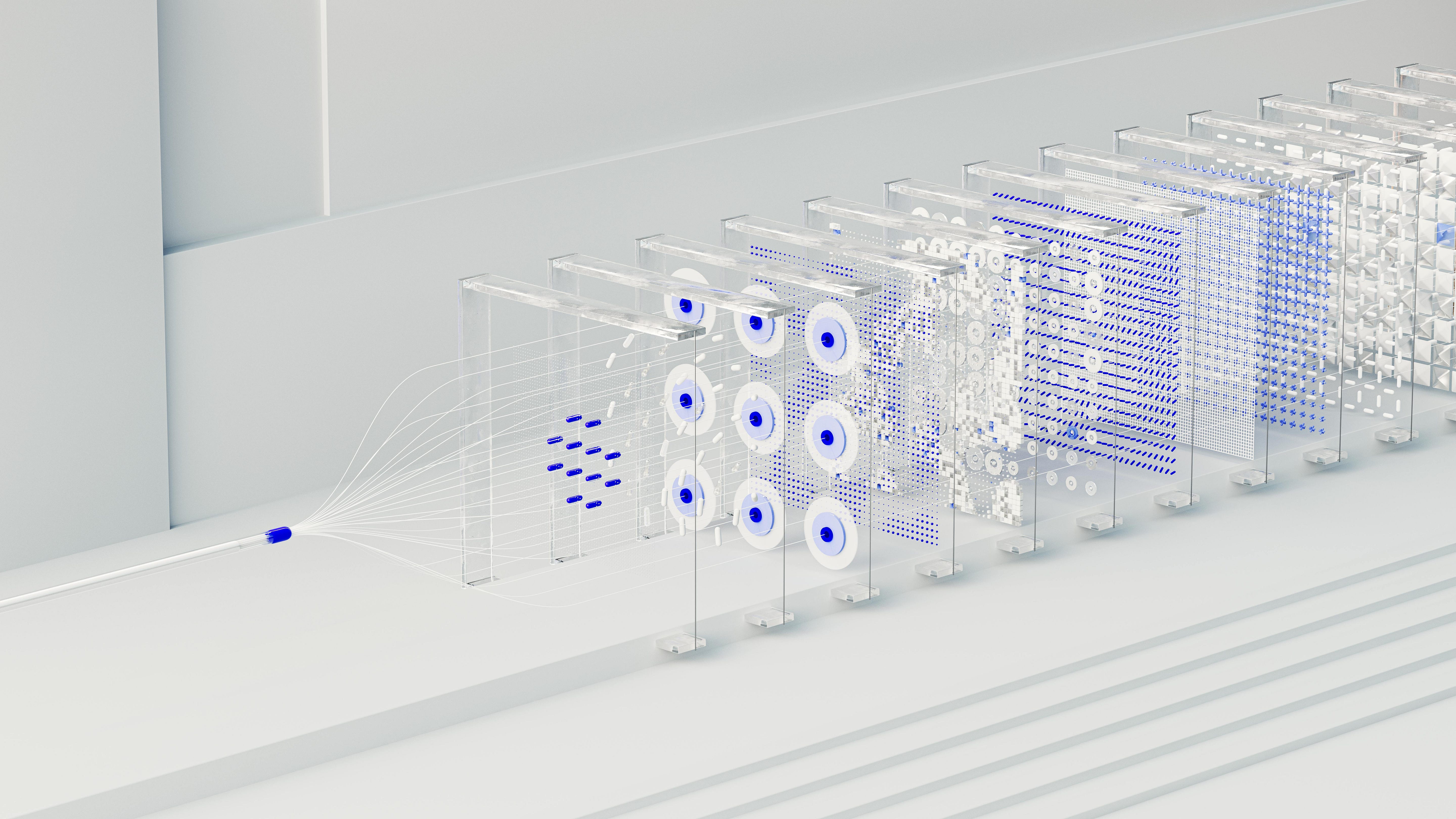When Design Becomes Infrastructure
GenAI is forcing a change in how companies compete. Design has moved from shaping artifacts to shaping strategy itself, becoming the foundation of durable advantage.
There are moments in business when a discipline changes its place in the system. Finance became infrastructure when capital allocation started driving corporate strategy. Technology became infrastructure when it shifted from a cost center to the foundation of every industry.
Now design is crossing that threshold.
With GenAI, design no longer lives at the surface, shaping only what customers see. It has become the architecture beneath how roadmaps are defined, how systems behave, and how companies compete. What used to be about pixels and polish is now about coherence, adaptability, and trust at scale.
From Artifacts to Systems
Design has traditionally been framed as the craft of creating artifacts — interfaces, flows, and visuals. But in an AI-native world, those artifacts are just expressions of deeper system choices.
The real work of design is orchestrating how intelligence behaves:
How models interpret intent.
How multimodal interactions remain coherent.
How experiences scale without eroding trust.
This is design as infrastructure — less about the objects in front of customers, more about the systems that generate them.
The Expanded Mandate for Leaders
For design leaders, this isn’t an incremental change, it’s a new mandate:
Shape roadmaps, not just screens. Competitive differentiation now depends on where design sits in planning.
Define intent patterns. Designing how AI interprets signals ensures relevance and trust.
Build coherence across modalities. Design provides the connective tissue between chat, voice, vision, and beyond.
Hold the line on quality at speed. GenAI accelerates output, but only design ensures that output creates durable value.
This is operator-level work: design embedded in the operating model, guiding how decisions are made, and how businesses compete.
The Stakes
The divide is widening quickly:
Companies that treat design as execution will ship brittle, commoditized products dictated by someone else’s defaults.
Companies that embed design as infrastructure will deliver experiences that feel contextual, effortless, and deeply human — driving stronger customer attachment, faster growth, and durable advantage.
A Threshold Moment
This is what happens when design becomes infrastructure. It stops being a layer and becomes the foundation.
The leaders who understand this aren’t debating its value, they’re embedding it at the core of their business. And in doing so, they are defining not just the future of design, but the future of competition itself.



I really like your point of view! Thank you for sharing